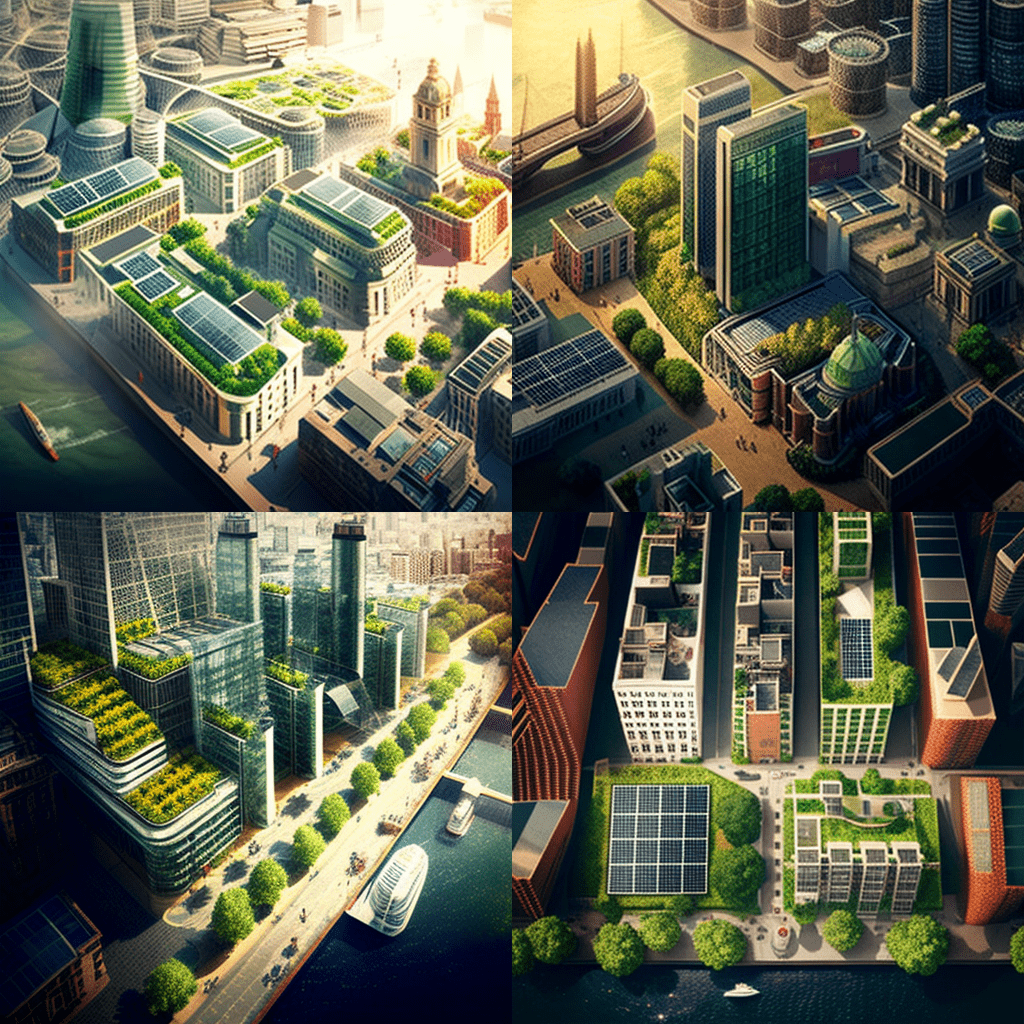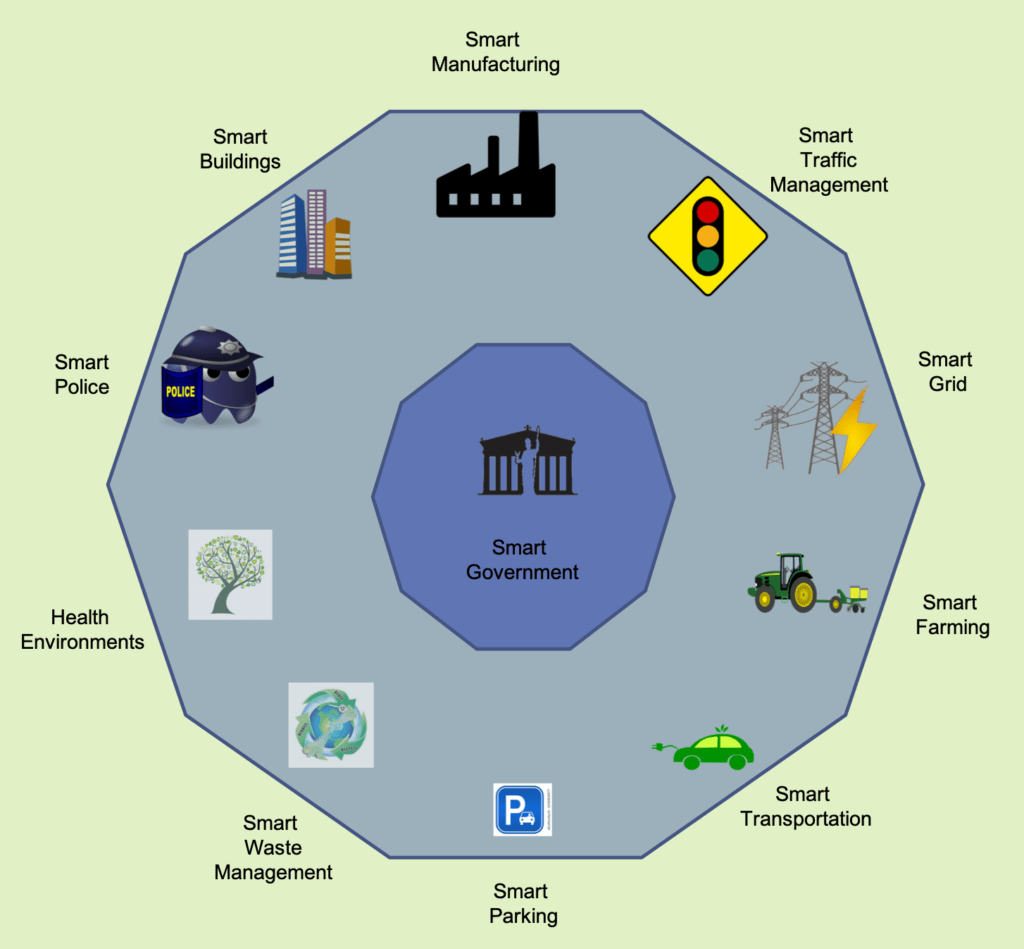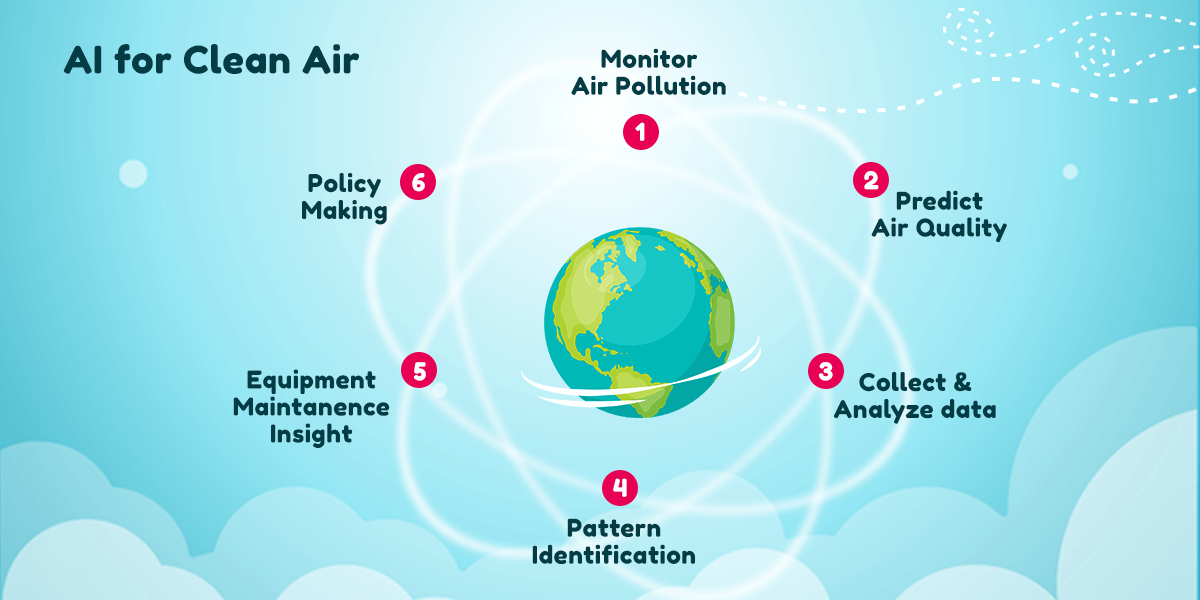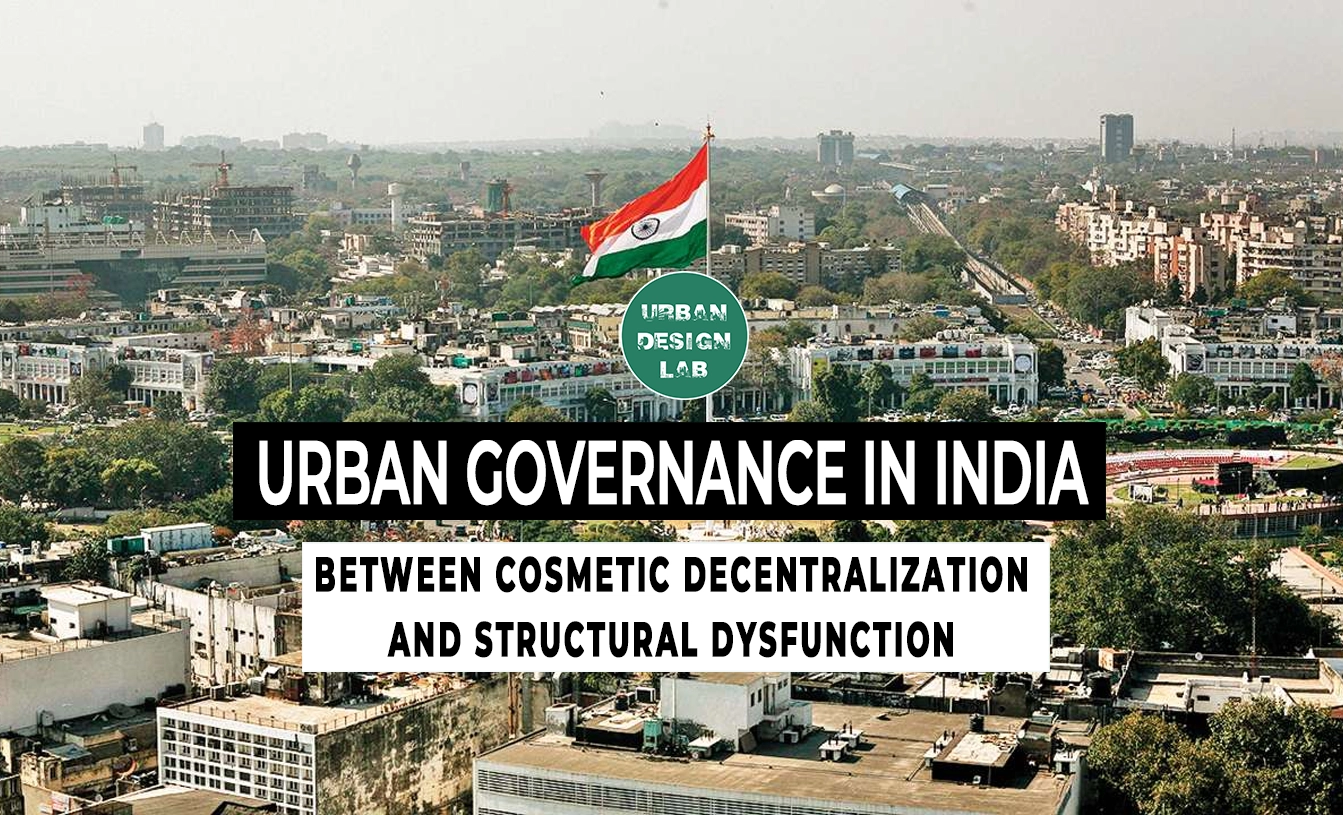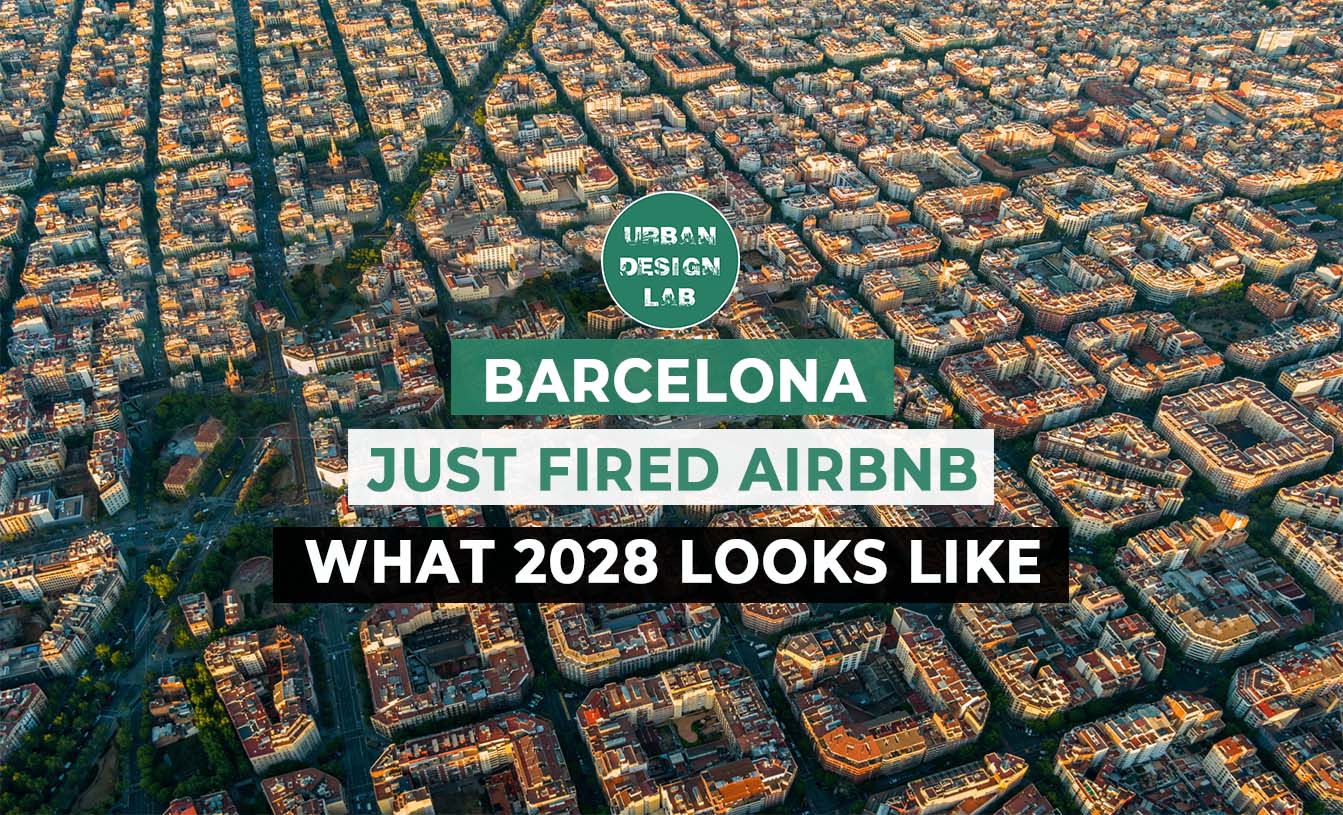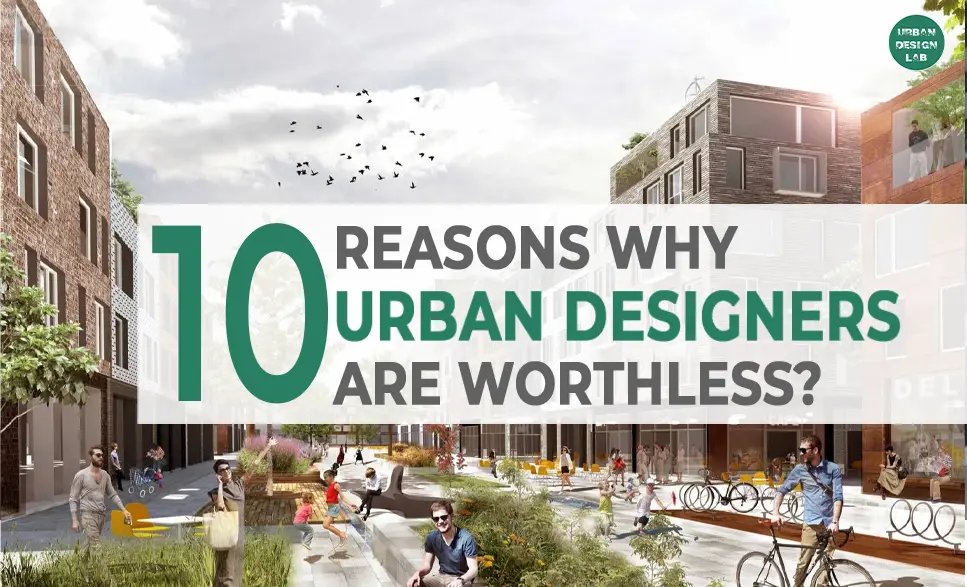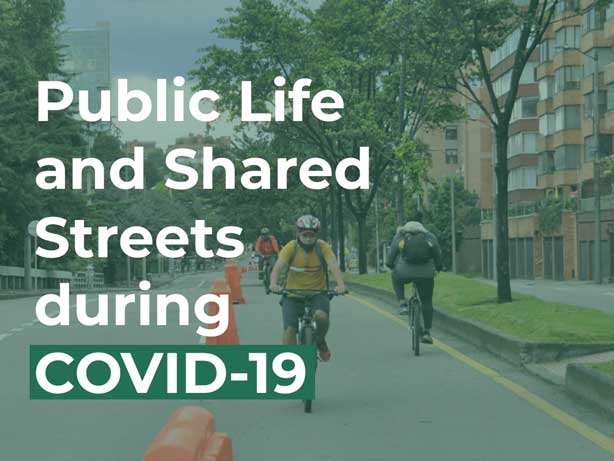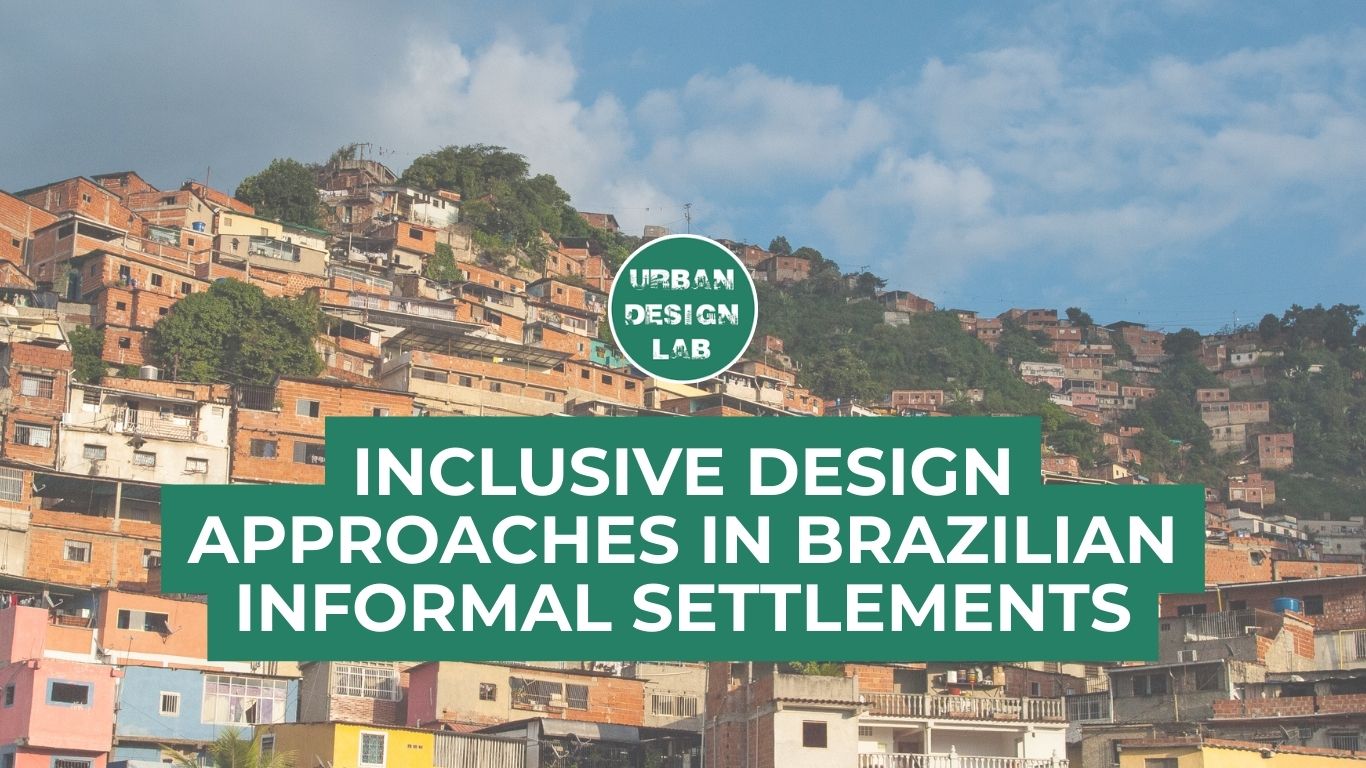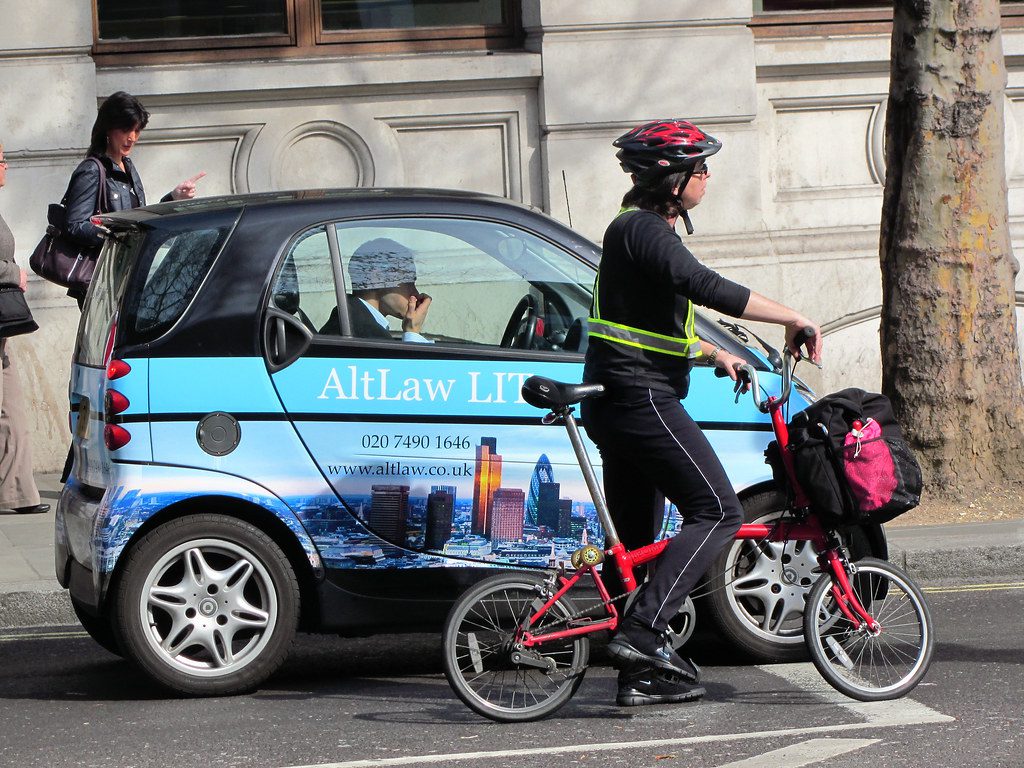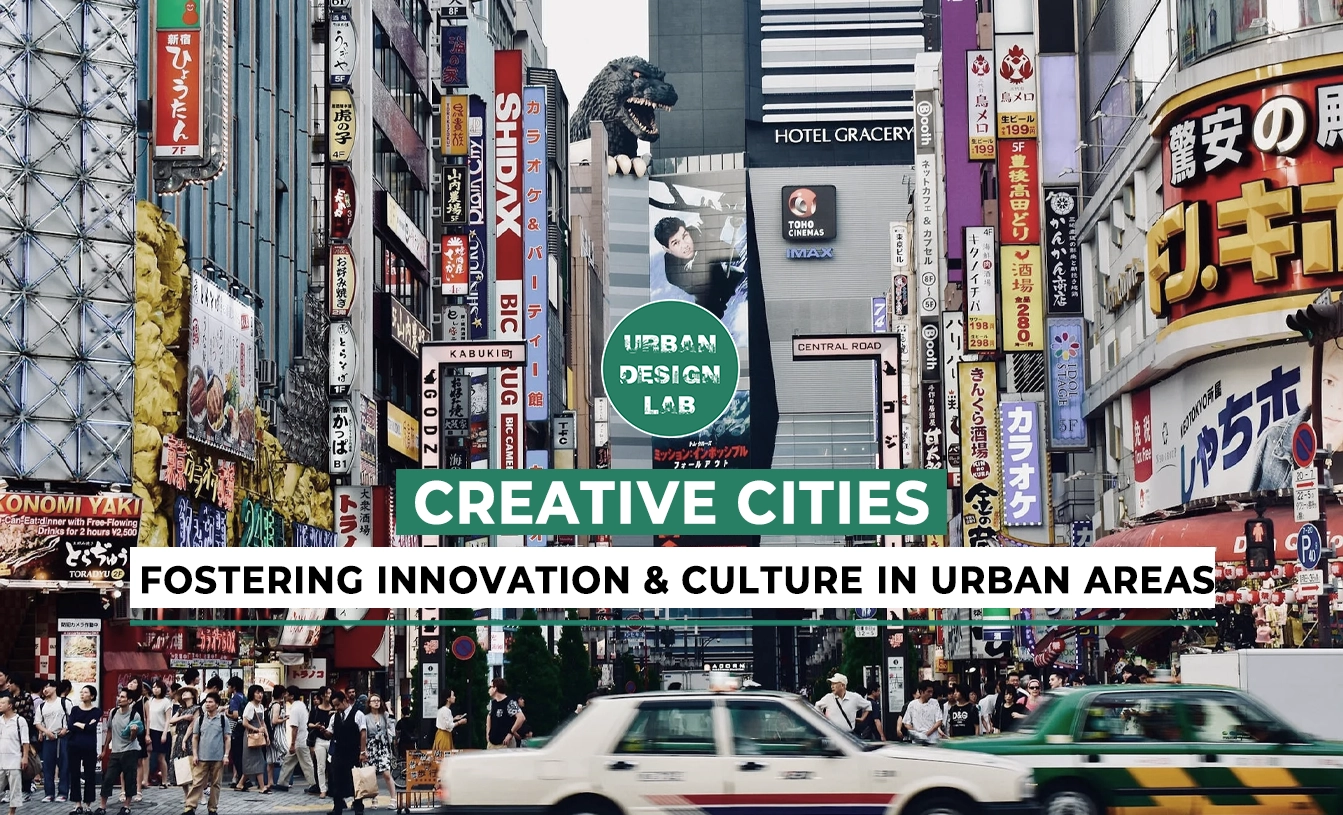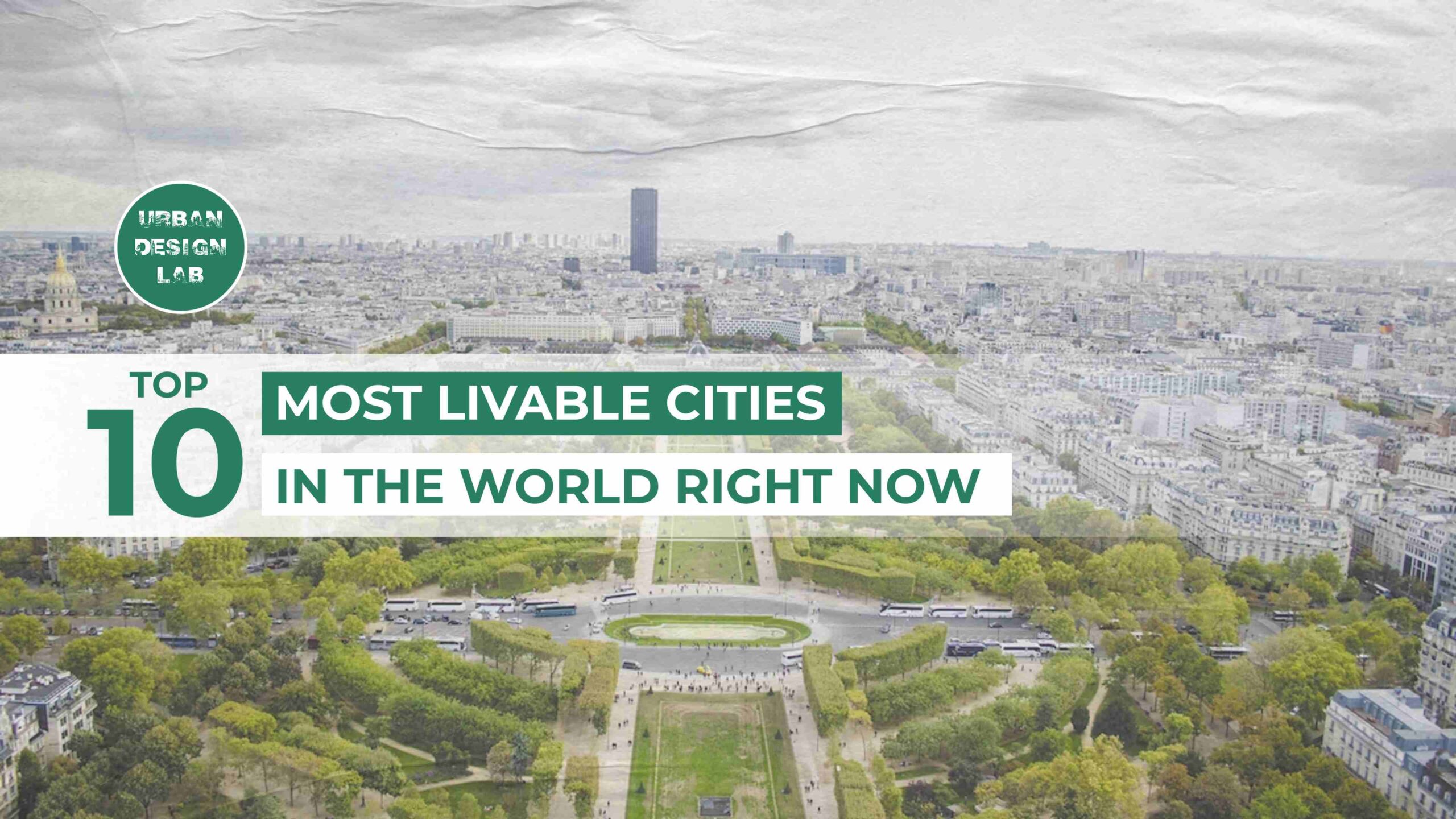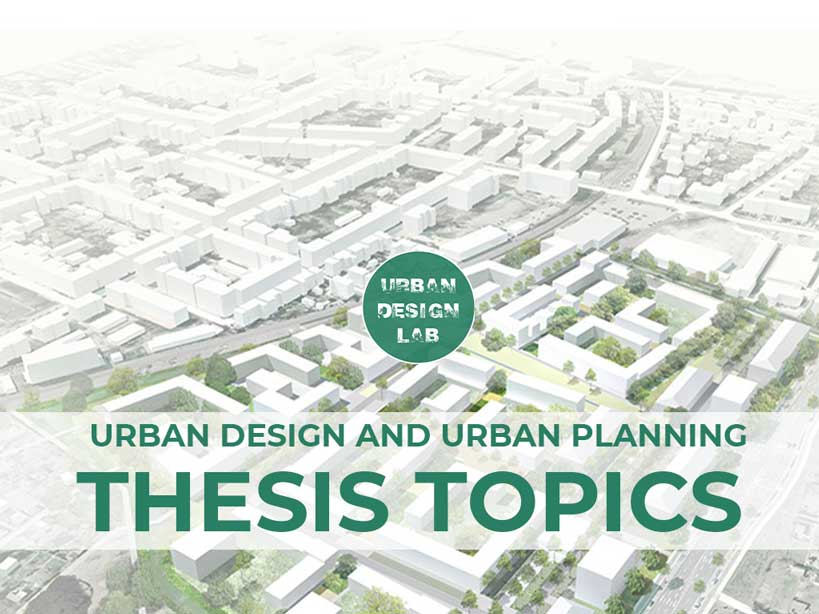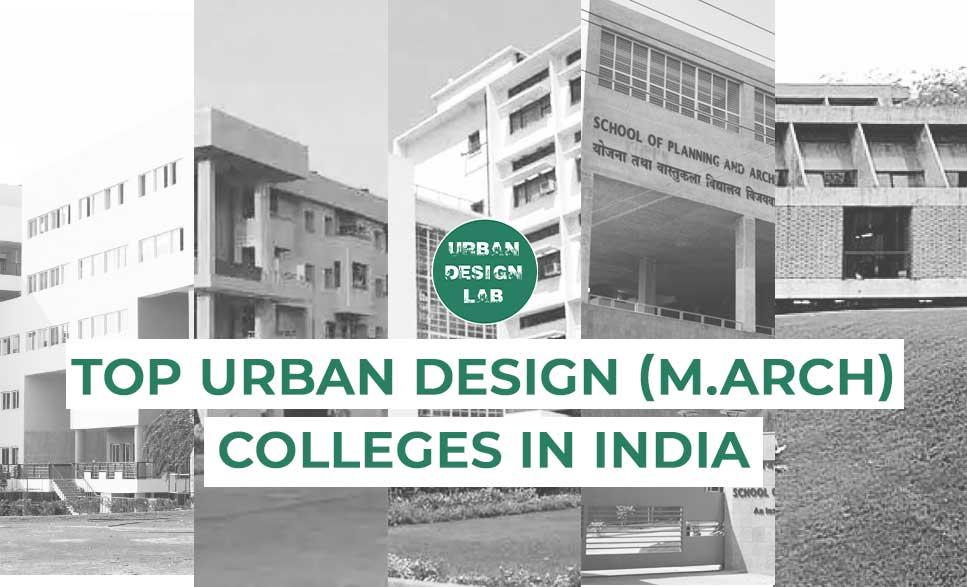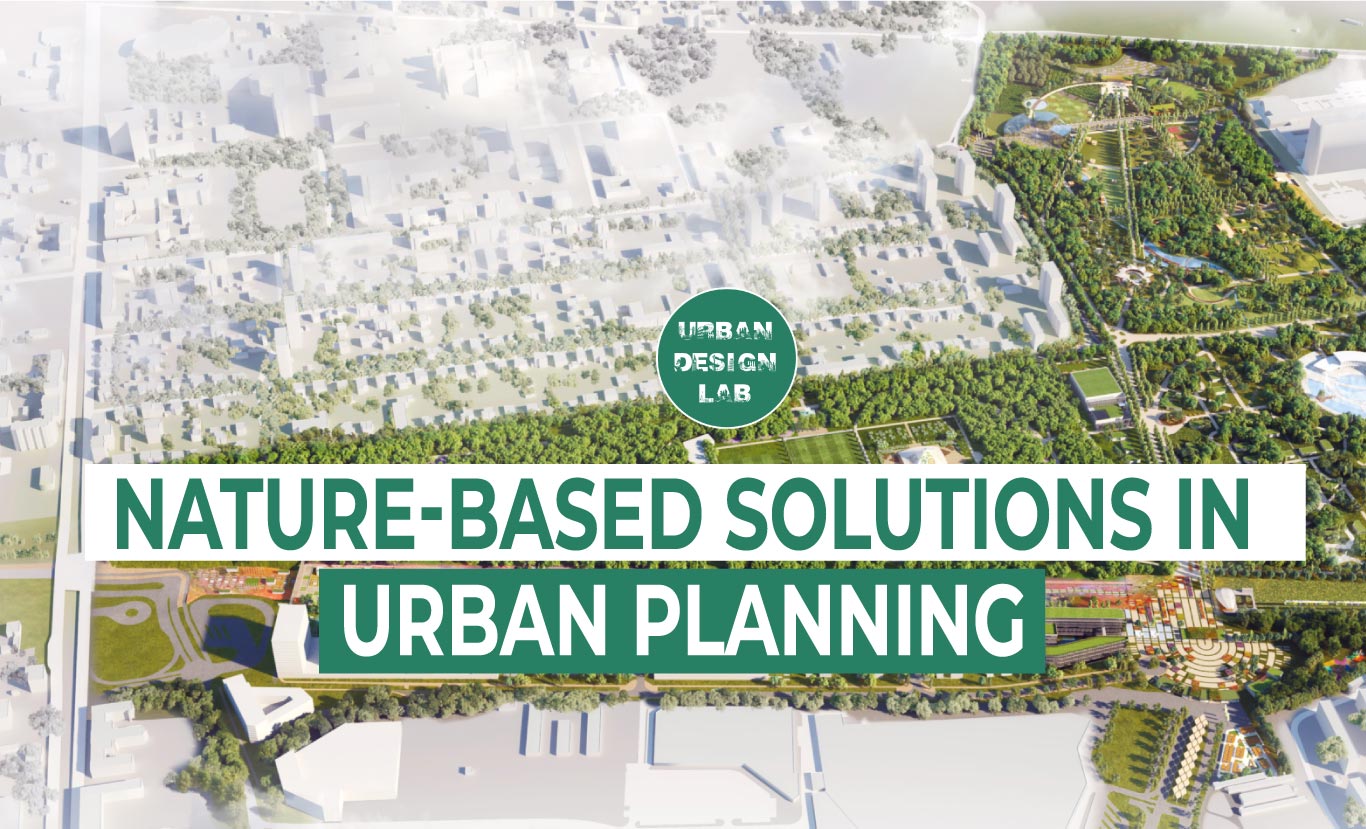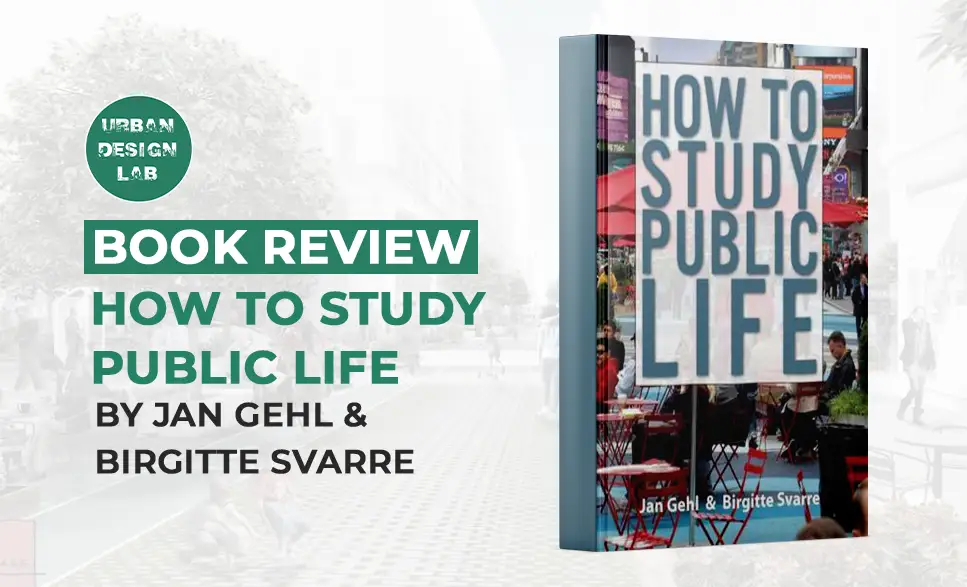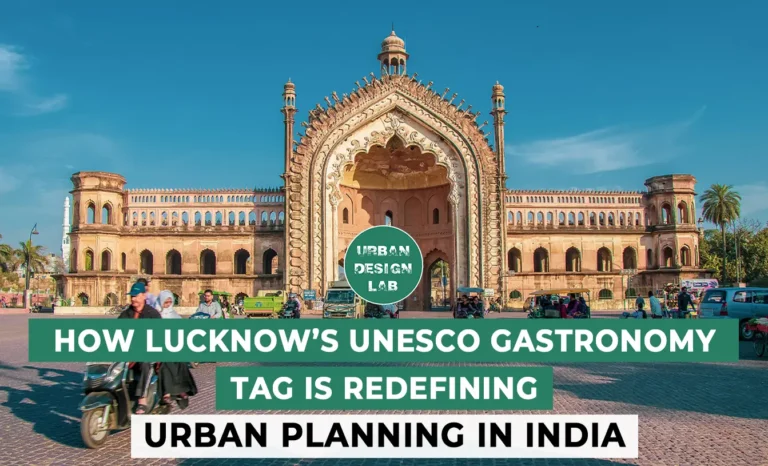
AI and Urbanism Strategies: Unlocking Urban Intelligence for Sustainable Development
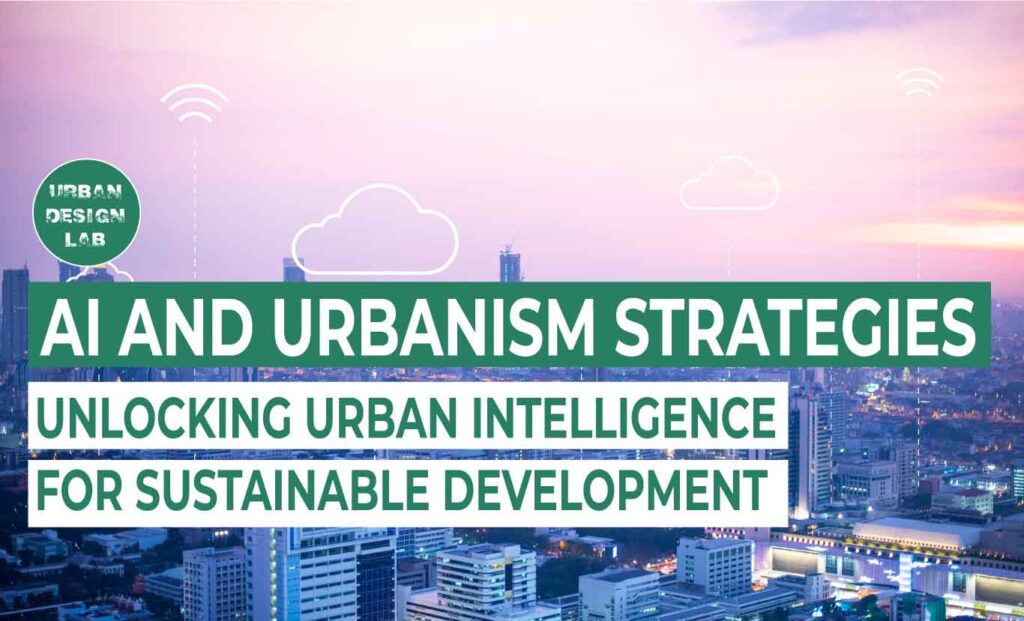
What is artificial intelligence and how can it benefit urban environments?
Urban planners and designers are assisted by artificial intelligence in creating adaptive urban landscapes that are guided by plans supported by current data. With real-time information, AI can assist in deeply integrating sustainable methods into the urban environment. AI can assist urban planners in choosing routes that contribute to better traffic management, equitable public transportation, and smarter, more efficient utilities. AI can help urban planners create livable cities that are efficient and responsive to their residents.
The digital ubiquity is encouraging transformations in architecture and urban design. Bits and bricks are converging as building blocks of cities. Computers, Information and Communication Technologies (ICTs), Artificial Intelligence (AI) and robotics are becoming an integral part of architecture and urban design lexicons in the paradigm of smart cities, synchronous information flows and intelligent machines and algorithms will (re)shape and (re)invent cities.
By: SimAUD 2021 April 15-17 Virtually Hosted? © 2021 Society for Modelling & Simulation International (SCS)
Urban design’s dependency on Artificial Intelligence
Urban design is the process of fusing technical ideas for towns and cities with street plans, service maps, master layout plans for homes, industries, and artificial intelligences that work their way through every sector by giving it direction. Human behaviour and mental health are being affected.
Urban Strategies along AI
City design and town planning are working towards making a smart city with the help of AI for everyday use while driving, making calls, traffic managements, bio-metric for residences, smart infrastructure (3D technologies), etc. AI technology is working around 30-40 years in making digital networks and manufacturing around the globe to reduce pollution and make sustainable life.
Public Transport
Many nations are using artificial intelligence (AI)-generated technologies, such as robotic traffic indicators, applications, and virtual camera assistants, to administer traffic laws at intersections without the need for traffic police. By using 24-hour operating cameras to collect data on drivers and their driving habits, this technology enables authorities to properly enforce traffic laws and regulations on highways. The public now has easier access to transport thanks to its support for bus routes, online maps and user-friendly software for cycle paths and pedestrian walkways.
The use of AI technology in transport systems is at the forefront in cities like London, Milan, Singapore, New York, and Buenos Aires. These cities are enhancing traffic flow, reducing congestion, and giving their residents a more seamless and effective commute experience by implementing new solutions and incorporating AI into their transportation infrastructure.
Security camera & monitoring
Cities utilise security cameras at intersections to monitor traffic and guarantee adherence to particular rules. Similar to door cameras for houses, car monitoring cameras, and mobile phone cameras, these devices are all sensor-based and furnished with AI-powered location tracking systems. By keeping an eye on nearby activity, these cameras play a significant part in guaranteeing the safety and security of users.
Air quality management
Air pollution is a significant issue in densely populated cities and towns, and managing air quality has become a critical challenge. To tackle this problem, cities are adopting various measures, such as monitoring air quality data, alerting users to areas with poor air quality, and using air purifying machines. Additionally, AI technology is being employed to develop online air quality data systems that track air quality in real-time, enabling users to change their routes or redirect traffic in different directions.
European cities are at the forefront of air quality management, using advanced technologies to change their design plans for new streets to prioritize cyclist, pedestrian, and public transport infrastructure, thereby reducing the number of vehicles on the road and mitigating air pollution. By utilizing AI and other innovative solutions, cities can maintain air quality and create more livable environments for their citizens.
Data Collection with AI in Urban Design
AI has the ability to completely change how data is gathered and used in urban design. Data is abundant in the digital age, and many of those data are produced by individuals using different technologies that gather and analyse data. For instance, to enhance our daily lives, our phones gather information about our behaviours and transfer it to big businesses. Aerial signals sent by cell phone towers enable our phones to connect to other gadgets and the internet. Each tower does have a certain radius, though, beyond which it cannot cast signals. Our phones continuously monitor and transmit this data to telecommunications firms, who subsequently store it in order to optimise signal strength.
By analysing traffic data and statistics to determine the most efficient routes and ways to lessen congestion, AI can also help urban planners design more effective transportation networks. AI can also aid in optimising the use of water and electricity in a city, minimising wastage of these limited resources.
Sankshep Mahendra’s book “Artificial Intelligence and Urban Design” makes clear that AI has the power to fundamentally alter how data is gathered and used in urban planning, resulting in more effective and sustainable cities.
AI designing software & uses in Urban Design
AI-based city design proponents contend that technology might revolutionise the industry by removing the onerous manual labour required for architecture, design, and urban planning. In turn, this might free up architects and planners to concentrate on original design elements rather than tedious jobs. Others, though, are worried that AI would put human needs second to efficiency and take a merciless approach to maximising rent and packing more people into buildings.
Although automated design has been around for a while, drafting has mostly been done by hand up until recently. Design automation was not possible with even widely used technologies like AutoCAD or building information modelling tools. This is quickly changing, though, as artificial intelligence advances. As, an architect who is also the co-editor of The Routledge Companion to Artificial Intelligence in Architecture, observes that over the past ten or so years, the ideal of automating design and urban planning has finally come true.
The future of architecture may be significantly impacted by AI-assisted design. AI could hasten and boost efficiency in the design process by automating repetitive operations. It may, however, also enable more individualised and human-centered design that satisfies the demands of both individuals and communities. The usage and integration of AI into the design process will ultimately determine how it affects urban planning.
AI designing software used in Urban Design
- Autodesk Dreamcatcher: This is a generative design software that allows designers to input design goals and materials, and then generates multiple options for a given design problem.
- Space Syntax: This software uses spatial analysis to understand the relationship between urban spaces and social activity.
- GenerativeComponents: This software uses algorithms to generate complex geometries for building designs.
- City Form Lab’s Urban Network Analysis (UNA): This software uses network analysis to evaluate urban design and transportation systems.
- Evolutionary Solver: This software uses genetic algorithms to generate optimal solutions to urban design problems.
- ArcGIS Urban: This software uses GIS data to visualize and simulate urban design scenarios.
- Rhino 3D: This software is a 3D modeling tool that is often used in urban design for creating complex geometries.
- Grasshopper 3D: This is a visual programming language for Rhino 3D that allows designers to create parametric designs and automate complex tasks.
- Urban Network Analysis Toolbox (UNAT): This software provides tools for analyzing and visualizing urban networks.
- Treepedia: This software uses AI to evaluate and visualize the tree cover in urban environments, allowing designers to optimize green spaces and improve urban air quality.
Conclusion
In my opinion, including AI technology into the planning and architecture of cities while keeping an eye on environmental factors will significantly improve citizens’ accessibility on a daily basis in urban settings. Nowadays, people of all ages depend heavily on digital gadgets, thus using technology and equipment to improve urban settings is a good thing. Cities can become smarter and more effective at balancing life under the influence of AI by merging AI’s design qualities and human interaction.
Universities and businesses can use the maps and territories with global street and town typographies offered by Esri GIS mapping and urban national habitat authorities as a platform to learn about accessibility and design. This data offers details on applications and techniques for daily routines in urban design that are user-friendly, accessible, and sustainable. Although AI has not yet aided in vaccination campaigns, urban health centres still provide prospects for considerable influence.
Even though AI is still in its early stages of development, it must advance to sustain and address significant traffic issues. Designing systems should focus on its primary impact and how it will assist future generations in lowering pollution and developing eco-friendly, kid-friendly open spaces, rather than just using codes to describe images.
Reference
1. Artificial Intelligence and Urban Design by Sanksshep Mahendra
2. SimAUD 2021 April 15-17 Virtually Hosted? © 2021 Society for Modelling & Simulation International (SCS)
3. Architecture and urban design software and its linkages with architectural and urbanism practices and AI
4. Artificial Intelligence and Urban Design by Sanksshep Mahendra
5. https://digital-strategy.ec.europa.eu/en/library/dih-webinar-artificial-intelligence-smart-cities
6. https://www.raconteur.net/design-innovation/are-we-at-the-dawn-of-the-ai-created-city/
7. https://eandt.theiet.org/content/articles/2021/11/ai-takes-on-city-design/
Shailee Bhatt is an Architect & Urban Designer. She did work on projects like education campus design, garden redevelopment projects, and economically weaker section housing master plans for India. Her volunteer work in the Green Impact Jury Report was the first prize winner in the UK, for Leeds Beckett University. Shailee likes to put her ideas and imagination into master planning & designing better public spaces. She follows architecture through art. Her designs are based on context. Her methods of visualization are through paint strokes and sketches. Shailee’s ideology of working for the public is to give language and definition to every element for its routine purpose, which must be healthy and sustainable.
Conclusion
References
About the author
Related articles

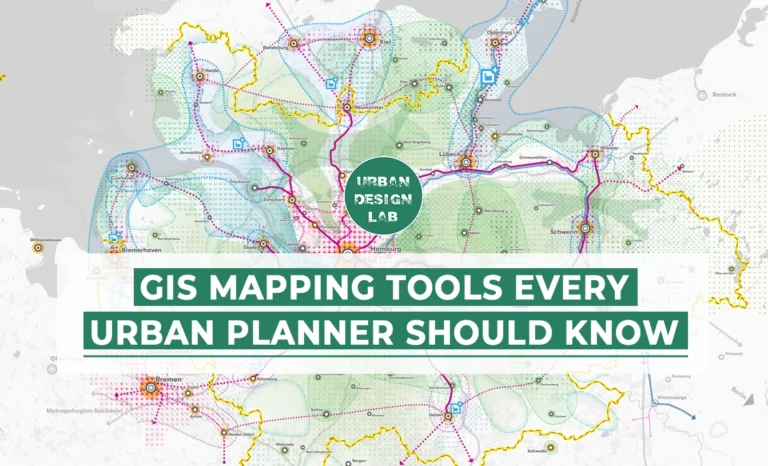
GIS Mapping Tools Every Urban Planner Should Know

From Thesis to Portfolio – Free Ebook
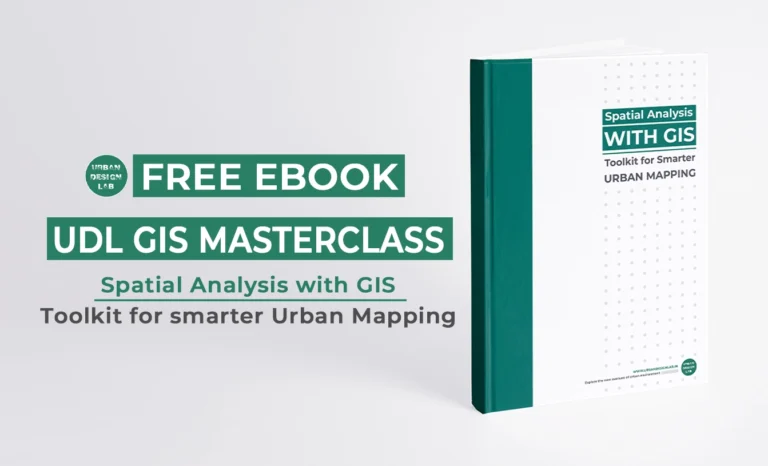
Spatial Analysis with GIS – Free Ebook
UDL GIS
Masterclass
Gis Made Easy- Learn to Map, Analyse and Transform Urban Futures
Session Dates
15th-19th December 2025

Urban Design Lab
Be the part of our Network
Stay updated on workshops, design tools, and calls for collaboration
Curating the best graduate thesis project globally!

Free E-Book
From thesis to Portfolio
A Guide to Convert Academic Work into a Professional Portfolio”
Recent Posts
- Article Posted:
- Article Posted:
- Article Posted:
- Article Posted:
- Article Posted:
- Article Posted:
- Article Posted:
- Article Posted:
- Article Posted:
- Article Posted:
- Article Posted:
- Article Posted:
Sign up for our Newsletter
“Let’s explore the new avenues of Urban environment together “


